Myth Colossus of Rhodes things to do, attractions, restaurants, events info and trip planning
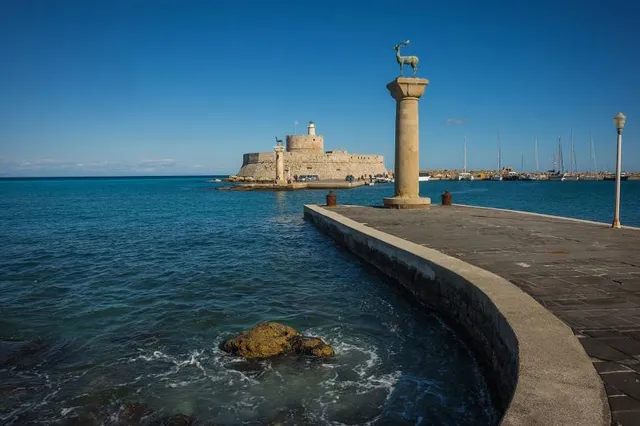
Basic Info
Myth Colossus of Rhodes
Pl. Neoriou, Rodos 851 00, Greece
4.5(2.4K)
Open 24 hours
Save
spot
spot
Ratings & Description
Info
The Colossus of Rhodes was a statue of the Greek Titan god of the sun Helios, erected in the city of Rhodes, on the Greek island of the same name, by Chares of Lindos in 280 BC.
Cultural
Outdoor
attractions: Saint Nicholas Fortress, Windmills of Rhodes, Throne of Helios: The History of Rhodes 9D Experience, Nea Agora, Palace of the Grand Master of the Knights of Rhodes, Medieval City of Rhodes, Saint Paul's Gate, Archaeological Museum of Rhodes, Street of the Knights of Rhodes, Temple of Aphrodite, restaurants: RONDA - Resto | Beach-Bar, NOR Beach House Project, Aktaion Classic, Meltemi, Elli World Rhodes, Blue Lagoon, Azul Rhodes, Opera Grande, George's Special, Casa Il Borgo
 Learn more insights from Wanderboat AI.
Learn more insights from Wanderboat AI.Website
rhodestouristguides.com
Plan your stay

Pet-friendly Hotels in Municipality of Rhodes
Find a cozy hotel nearby and make it a full experience.

Affordable Hotels in Municipality of Rhodes
Find a cozy hotel nearby and make it a full experience.

The Coolest Hotels You Haven't Heard Of (Yet)
Find a cozy hotel nearby and make it a full experience.

Trending Stays Worth the Hype in Municipality of Rhodes
Find a cozy hotel nearby and make it a full experience.
Reviews
Nearby attractions of Myth Colossus of Rhodes
Saint Nicholas Fortress
Windmills of Rhodes
Throne of Helios: The History of Rhodes 9D Experience
Nea Agora
Palace of the Grand Master of the Knights of Rhodes
Medieval City of Rhodes
Saint Paul's Gate
Archaeological Museum of Rhodes
Street of the Knights of Rhodes
Temple of Aphrodite
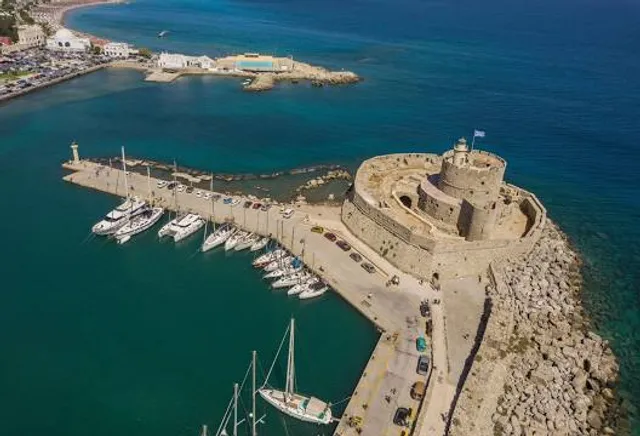
Saint Nicholas Fortress
4.5
(333)
Open 24 hours
Click for details
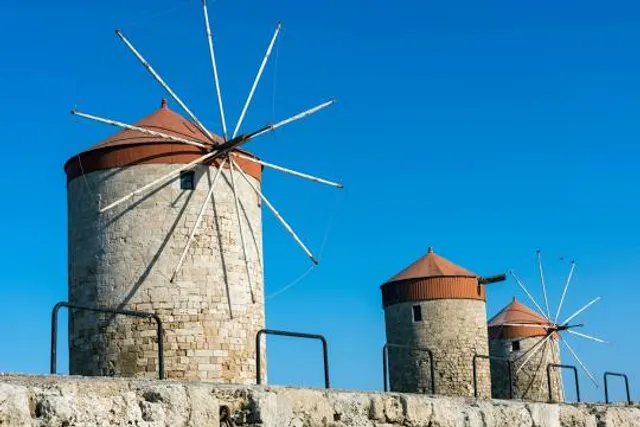
Windmills of Rhodes
4.6
(829)
Open until 12:00 AM
Click for details
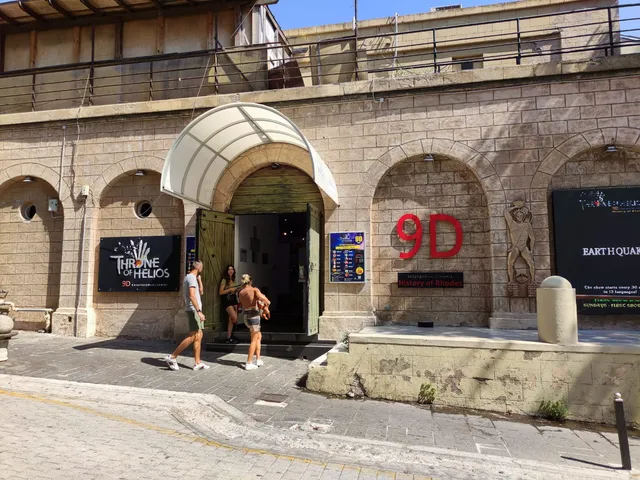
Throne of Helios: The History of Rhodes 9D Experience
4.5
(736)
Open 24 hours
Click for details
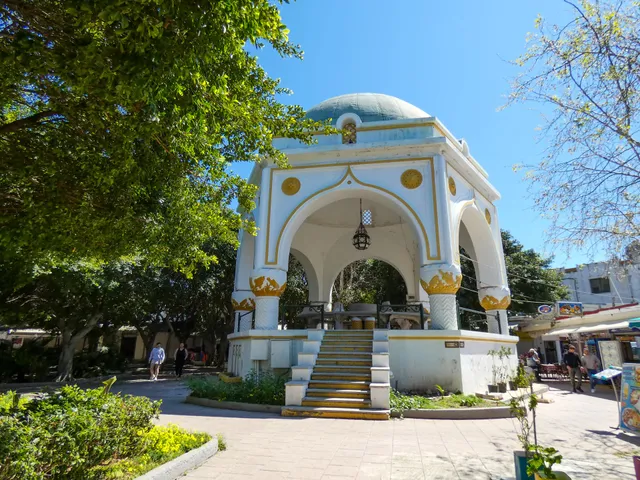
Nea Agora
4.2
(647)
Open 24 hours
Click for details
Nearby restaurants of Myth Colossus of Rhodes
RONDA - Resto | Beach-Bar
NOR Beach House Project
Aktaion Classic
Meltemi
Elli World Rhodes
Blue Lagoon
Azul Rhodes
Opera Grande
George's Special
Casa Il Borgo

RONDA - Resto | Beach-Bar
4.1
(2.1K)
Click for details

NOR Beach House Project
4.3
(405)
Click for details
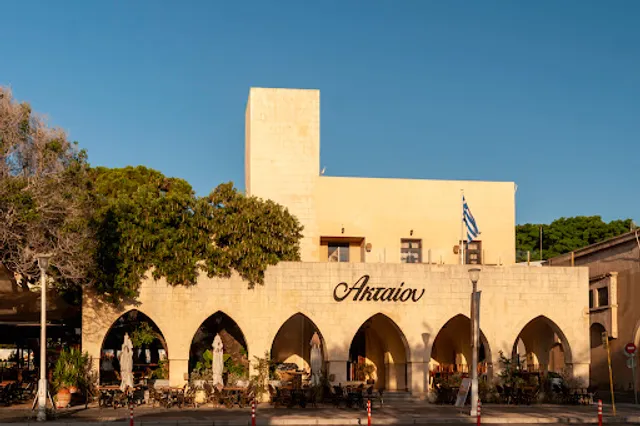
Aktaion Classic
4.2
(908)
$$
Click for details
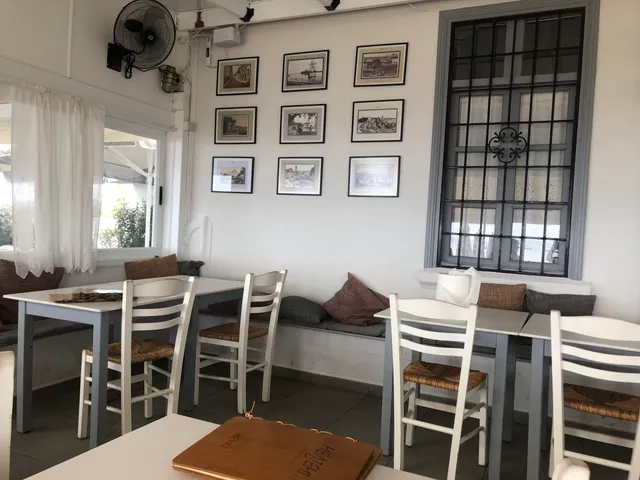
Meltemi
4.5
(766)
$$
Click for details






